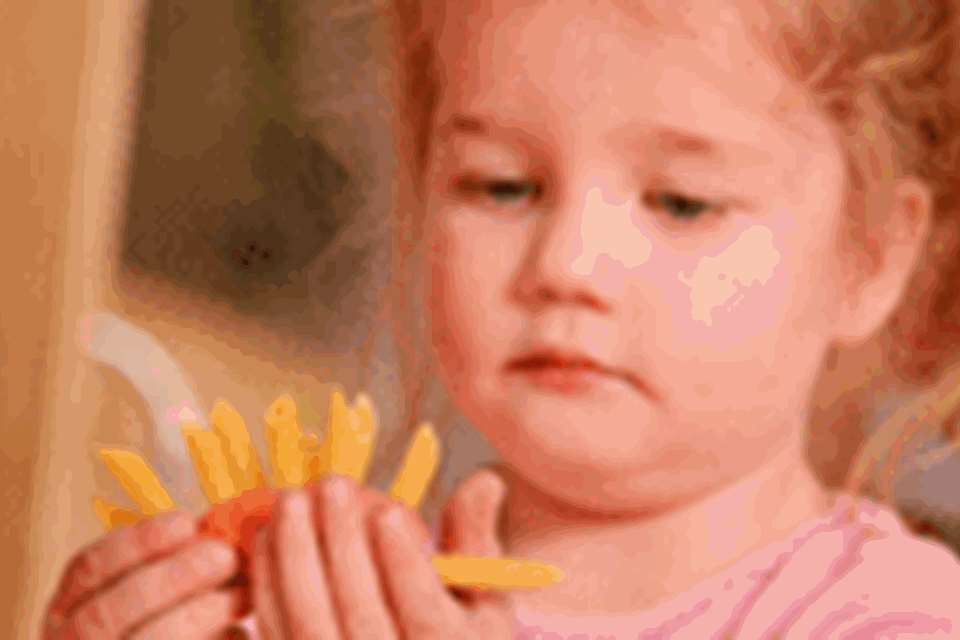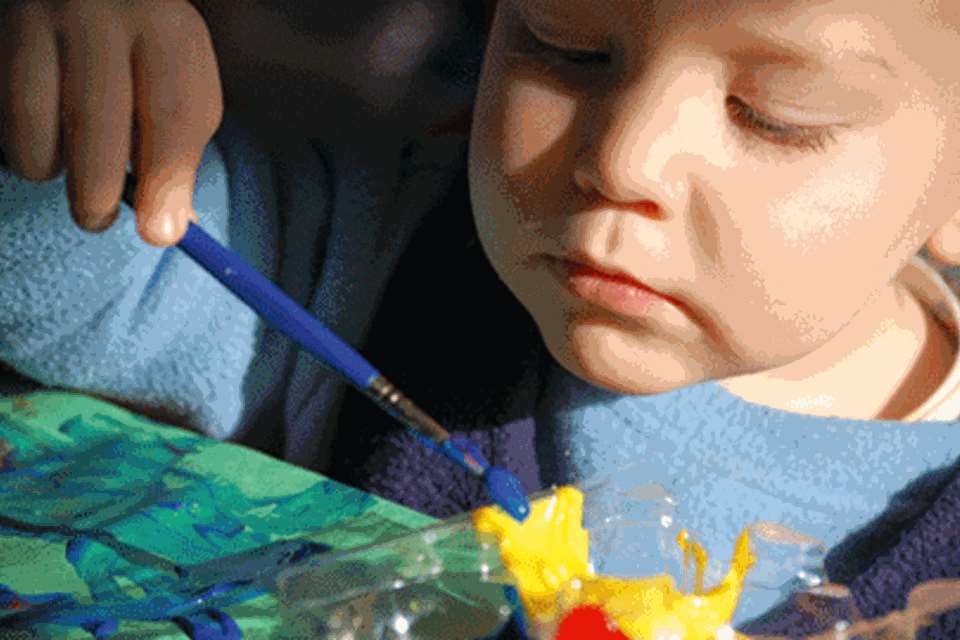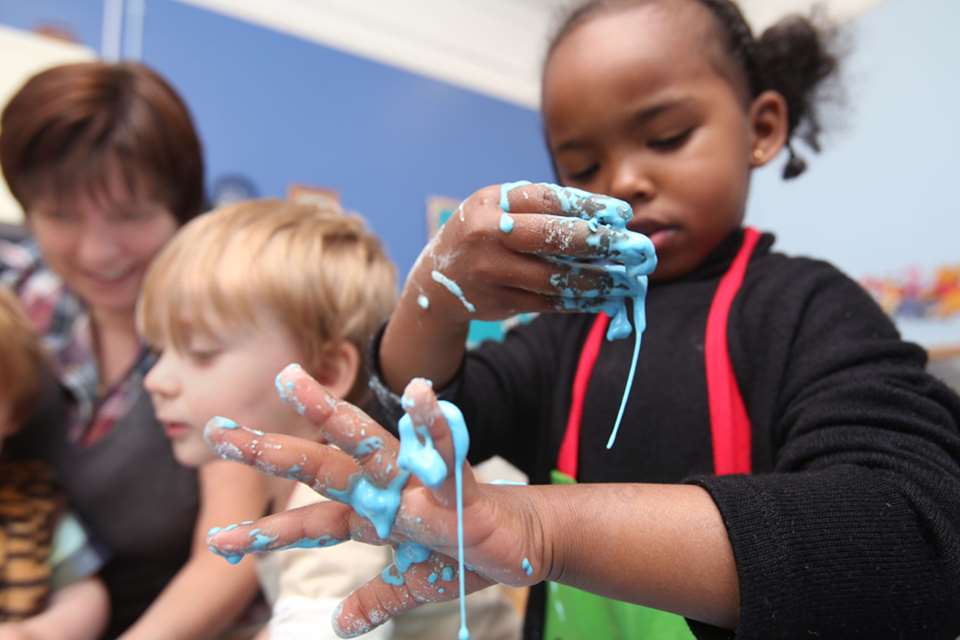EYFS Activities: Essential experiences… art and design
Penny Tassoni
Monday, June 26, 2017
Children should be exposed to art and design activities at an early age. Penny Tassoni provides some pointers

The great thing about art and design is that it is all around us. Everything we touch and use has been designed, from the patterns on curtains to the chairs that we sit on. Visits from artists and designers may encourage children to take a stronger interest in creative elements of the curriculum, and there are many benefits to be had from children engaging in art and design.
BENEFITS
Creativity While children are naturally creative, they benefit from watching and being with others who are creating things. In a time when there is more of a focus on literacy and mathematics in education, planning opportunities for children to see and be involved in art and design is a way of sending out a message that creativity is valued.
Physical skills Doing things with paint and clay or standing still to take a photograph all help to develop children’s fine motor and gross motor movements.
Language development While children can simply stand and appreciate an artist or designer at work, the chances are that they will also want to talk and ask questions. Such experiences also naturally help children to acquire specific vocabulary.
Confidence and self-esteem Children who have the opportunity to talk to or work alongside an artist or designer are likely to grow in confidence and self-esteem. Children like to feel ‘grown-up’, and being able to watch or join in can help children feel valued and important.
Widening horizons Some children’s career choices are highly influenced by their early experiences. This means that for some children, an introduction to the world of arts and design at an early age may be important in helping them to develop a lifelong interest in aspects of creativity.
PLANNING A PROGRAMME
Plan a programme of visits from artists and designers so that children over the course of their time in your setting will see a range of ways of producing art and how design is used practically. This, in turn, can enrich the work that you do with them.
First talk to parents and team members to find out if they have any artistic and design skills, or contacts who might be happy to visit your setting. You could also contact local universities and FE colleges that run day or evening classes in art and design.
Get in touch too with any local art gallery, private or public, to see what they may be able to offer. This might include a free visit, workshop or even some art materials. It may be that over time, you can bring in artists and designers who specialise in different areas including portraits, sculpture, mosaic, furniture as well as photography.
In some areas, there is funding available to put artists in touch with nurseries and schools. You may also be able to apply for a grant. Consider contacting your local authority or the Arts Council (www.artscouncil.org.uk).
To ensure that a visit is successful, talk to the artists and designers about what they might do during their visit. Most children will get more by watching artists and designers at work or by coming alongside them and joining in in some way.
BUILDING ON A VISIT
Materials and resources
Aim to offer children opportunities to use a range of resources and materials. This need not be expensive. Contact your local freecycle (www.freecycle.org) or freegle groups (www.ilovefreegle.org) as they are a great way of getting hold of collage materials, spare paint and other items that children could use. You could also talk to local art groups about donating any of their leftover materials.
Building skills
Identify skills that children could learn during their time at your setting and the order in which you will introduce them – for example, mixing paints, using a palette and working with different kinds of brushes. Likewise, think about the types of modelling and collage materials that you want to provide. One of the best ways of building skills with children is to work alongside them rather than to try to formally instruct them. This means getting stuck in yourself!
Process, not product
One of the key features of early art is for children to learn about what materials can do. This is best achieved by setting up very open-ended projects and supporting the children in their goals, rather than giving them a fixed task.
HOME LEARNING
While some parents may already encourage their children to draw, paint or notice art and design, others may not know how these activities can support children’s overall development. So, invite parents to:
- sit in on any visits by an artist or designer to your setting
- join you on a trip to a local art gallery
- attend ‘stay and paint’ (or photograph) workshops so that they and their children can create together.








